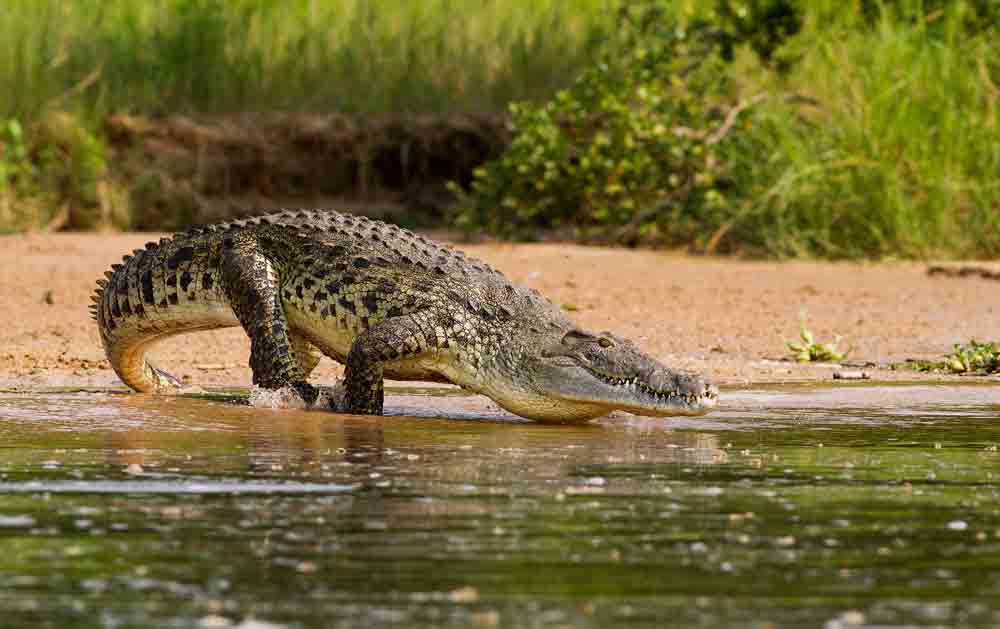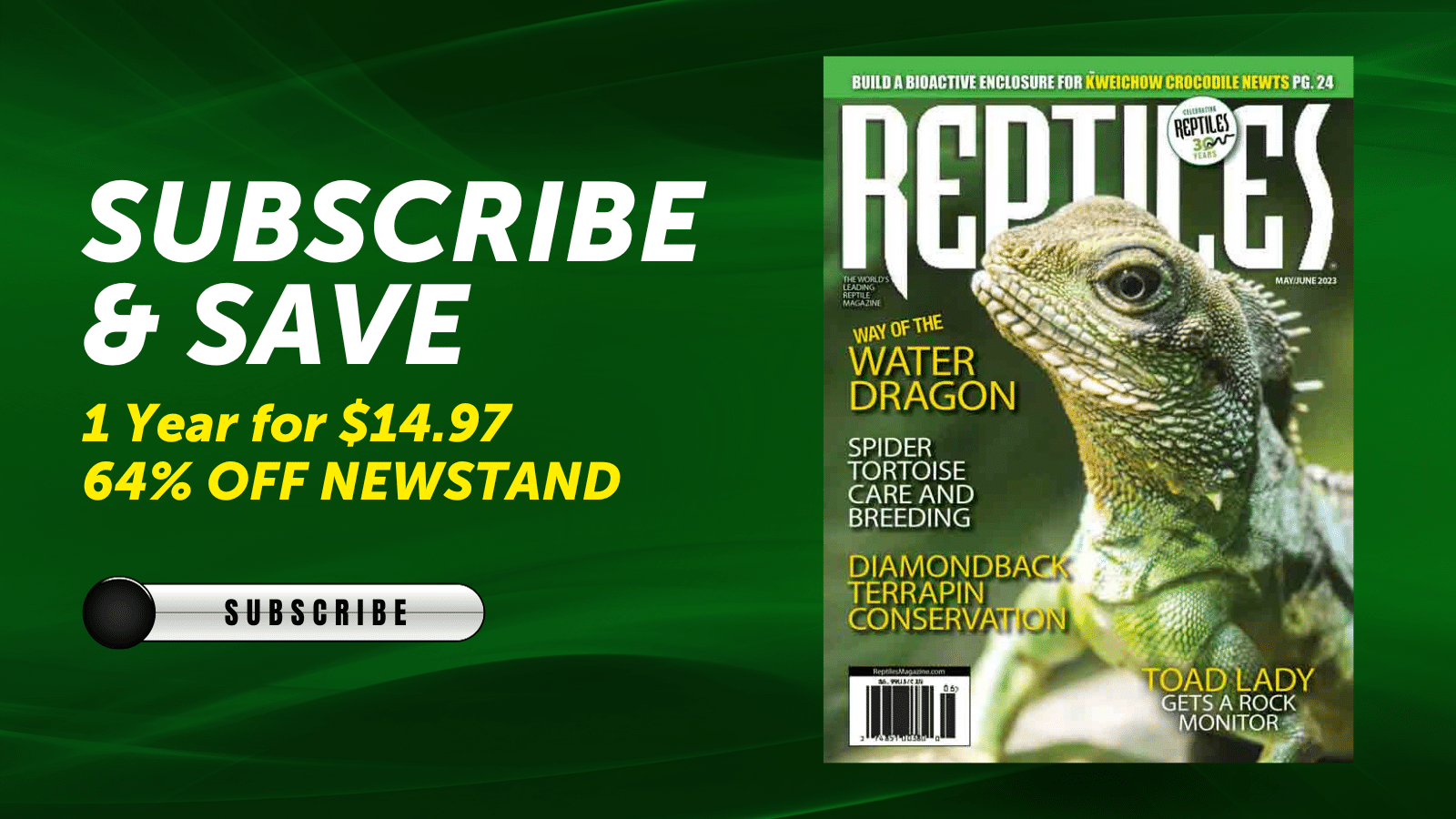The findings could provide information regarding the reproductive paleoecology of the mekosuchine crocodiles.
Researchers with the Institut Català de Paleontologia Miquel Crusafont (ICP) and UNSW Sydney have discovered the oldest known crocodilian egg shells found in Australia in an area that scientists have been digging in since 1983. The dig is in the town of Murgon, in a clay pit that is one of Australia’s oldest fossil sites. The fossilized egg shell fragments, named Wakkaoolithus godthelpi are from mekosuchine crocodiles, a group of now extinct crocodiles that were found in the inland waters of Australia about 55 million years ago. The findings could provide information regarding the reproductive paleoecology of the mekosuchine crocodiles.
“These eggshells have given us a glimpse of the intimate life history of mekosuchines,” Xavier Panadès i Blas, lead author of the study said in a news release put out by the University of New South Wales, Sydney. “We can now investigate not only the strange anatomy of these crocs, but also how they reproduced and adapted to changing environments.”
The mekosuchine crocodiles, the researchers say, were what scientists call “drop crocs” in that they were semi-arboreal and dropped onto the prey from trees. The scientists note that the crocodiles laid eggs on the edges of lakes “with their reproductive strategy adapting to fluctuating conditions.”
Loss of Habitat and Prey
The crocodiles may have lost their inland territories due to dry land and shrinking waterways. Their prey were also believed to be dwindling. They had to compete with new arrivals to Australia. The lake at the time these crocodiles lived was surrounded by a thriving forest. This forest was also home to Australia’s oldest known songbirds, Australia’s earliest frogs and snakes, the world’s oldest known bat species as well as a plethora of small mammals that were also know to inhabit South America.
An abstract of the paper discussing the findings, “Australia’s oldest crocodylian eggshell: insights into the reproductive paleoecology of mekosuchines,” can be read on the Journal of Verebrate Paleontology website.



